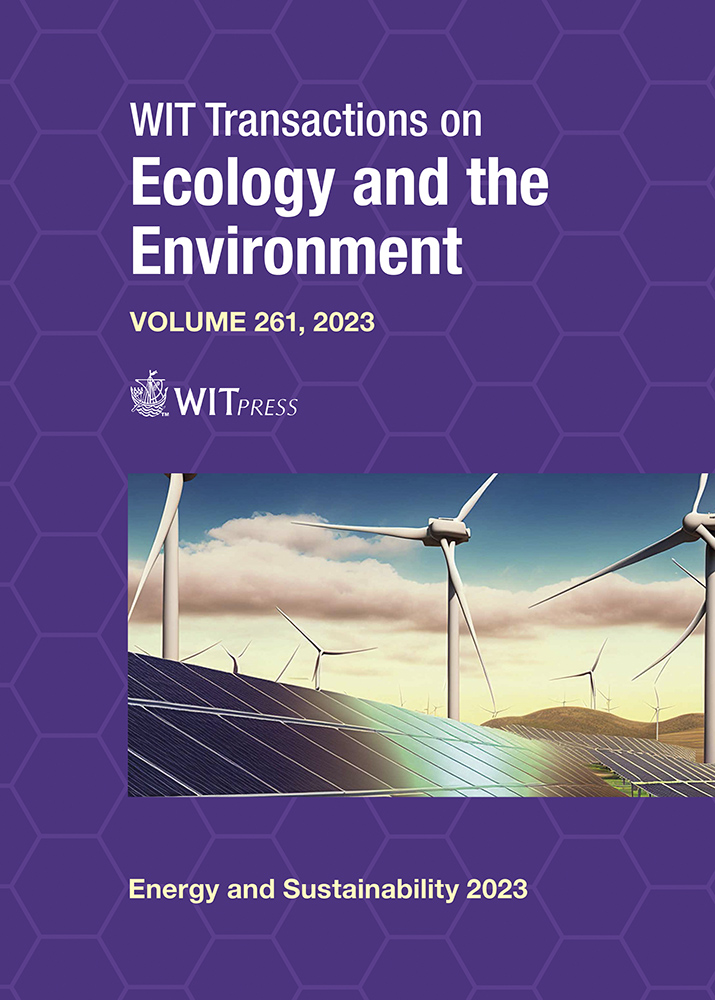ESTIMATED IMPACT OF CO2 AND NOX EMISSION REDUCTION TARGETS ON CAR OWNERSHIP AND CAR USE IN THE NETHERLANDS
Price
Free (open access)
Transaction
Volume
261
Pages
12
Page Range
407 - 418
Published
2023
Paper DOI
10.2495/ESUS230341
Copyright
Author(s)
JAAP M. VLEUGEL, FRANS BAL
Abstract
Densely populated areas are major sources of air, soil and water pollution. Agriculture, manufacturing, consumer households and road traffic all have their share. This is particularly true for the country featured in this paper: the Netherlands. Continuous pollution of the air and soil manifests itself as acification, decalcification and eutrofication. Biodiversity becomes lower and lower in nature areas. Biological farms are also under threat. In case of mobility, local air pollution may have a huge health impact. Effective policy is called for, after high courts blocked construction projects, because of foreseen building- and transport-related NOx emissions. EU law makers are after Dutch governments, because these favoured economics and politics over environmental and liveability concerns. But, people in the Netherlands are strongly divided. The latest provincial elections were dominated by environmental concerns, next to many socio-economic issues. NOx and CO2 emissions by passenger cars are in focus. Technical means and increasing fuel economy norms strongly reduced NOx emissions to a still too high level. A larger number of cars neutralized a technological reduction of CO2 emissions. The question is: What would be the impact of a drastic mandatory reduction in CO2, NOx, and PM10 emissions on car ownership and use in the Netherlands? The authors used literature, scenario analysis and simulation modelling to answer this question. Electric mobility could remove these emissions. Its full impact will only be achieved if the grid-mix, which is still dominated by fossil fuels, becomes green(er), which is a gradual, long-term, process. EVs compete with other consumers of electricity, as many other activities, such as heating, are also electrifying. With the current grid-mix, it is inevitable that the number of km per vehicle per year is reduced to reach the scenario targets (−25% resp. −50% CO2 emissions by cars). This calls for an individual mobility budget per car user.
Keywords
climate change, CO2 emissions, fuel efficiency, electric vehicles, behaviour, policymaking





